Be warned, having a vegetable plot can turn you into a scavenger. At this time of year I root in skips and keep an eye on the contents of friends sheds for anything useful to use as a path or an edging. Of course you don’t need to have any proper paths at all; a friend of mine just puts her plants anywhere. But I like the neatness of laying something to walk on and it cuts down on the weeds. I use odd bits of MDF just wide enough to walk on, carpet isn’t great as the weeds will grow on its surface and you won’ be able to pull or scrape them off with a spade like you can with the MDF but you can lay old carpet over the ground now to warm it up. I use any old bits of sturdy planking for the edges but if I don’t have timber edges I don’t mind.
Out in the plots (or allotments as they are called in England, its plots in Ireland I’m told) there are two distinct approaches, the men seem to take the heavy constructional approach with gravel paths and proper railway sleepers for raised beds while the women tend to go for a softer approach with stones lining the paths and lots of plants for the bees. I am sort of in the middle.
My plot measures 33 by 15 feet so it’s quite small but manageable. I have a path down one side wide enough for a wheelbarrow covered in layers of newspaper and topped with wood shavings which the council supplied. I have 6 beds roughly four and a half feet wide, just enough that I can reach the middle from either side. I use string and a pointed bit of wood to get them all fairly straight. Every time I find a piece of timber I go out and do another bit and little by little it turns into a whole lot done. It’s about progress not perfection. I’m not out every evening, I haven’t the time but most evenings on my way home from work I’ll call in and do another bit. It gives me breathing space before I hit home and start dinner. The important thing this month is turning over the soil, pulling up any weeds and making it fine to take the seeds for when I get the weather and deciding what and where I am going to plant. Right now the ground is far too heavy and wet to plant unless I consider rice as a crop. The back garden at home on the other hand has lovely soil, like a different climate and they are only a few hundred yards apart.
Now you can go two roads with the planting: the seed road or the plant road. Plants are more expensive but you can see what you are getting and you get your spacing right. If you choose to go the seeds road then you have to wait to see what you get. I will do a bit of both. In fact as ‘Mothers Day’ is on Sunday I need to plant an idea into the heads of my children. I have been bagging up the leaves for the last two years and when I tipped them out last week, Hey Presto! I had mulch, last years leaves were still dry and leafy but the previous year was just gorgeous. You could sell the stuff. It seems odd to be singing the praises of ‘mulch’ but I was delighted, I had never done that before so hopefully the lads will buy me a composter for the big day on Sunday. Not the most feminine of presents but I can put stickers on it or paint it pink or something and it will look nicer than a pile of black bags in the corner.
Over the coming weeks I will be calling in to the local garden centres on my way home from school to see what they have and organising some seed trays. The first things I will put into the ground are spinach (a marvellous vegetable, it practically goes into everything in this house) and kale, so I am watching out for them. If you haven’t started your own patch yet its not to late, I got my first plot in the month of May and it was a jungle of briars and I had salad by June, so just clear a space of weeds and dig it over (you will need help if this is its first time) don’t be like me on my first venture as a plotter and spend half a day digging and then had a sore swollen foot and blistered hands for days. Then stay with me and you’ll be reaping the rewards all summer right up to Halloween.
Ending 1
And for the recipe this week we can make something simple but gorgeous to celebrate Sunday. Does anyone else do ‘High Tea’? When I was a child growing up we used to have what was called ‘High Tea’ for when visitors were coming. This involved some pastry concoctions with salads and always a sponge cake on a stand all dusted with sugar. Here at home I still have ‘high tea’ on Sundays rather than a dinner; it’s a nice change and involves less washing up afterwards so I can have a sit down before I have to get ready for the school week ahead.
The cake can be made on Saturday. It is a great cake, it’s really your basic Victoria sandwich and you can make it into muffins or a loaf if you like. Change the icing if you want. It looks lovely too.
Orange Poppy Seed Cake with mascarpone cream icing.
You need:
250 g Self raising flour
200 g caster sugar
250 g margarine or butter
3 eggs
Fine grated rind of two oranges
Tablespoon of poppy seeds
Little milk
For the icing
Tub of mascarpone cheese
50 g icing sugar
Zest of an orange
50 g butter or a tub of crème fraiche
Two sandwich cake tins 20cm in diameter or a 2lb loaf tin.
Temperature 160 C/Gas 4
First prep your tins by lining them with baking parchment and brushing them out with melted butter.
Cream the butter and sugar, I soften the butter by zapping it in the microwave. You need to get it light in colour and fluffy. What you are doing here is coating each sugar crystal in fat and trapping a layer of air in between so this is an important step. I prefer the wooden spoon but feel free to use the electric mixer. Next add the eggs one at a time with a little flour each time to stop it curdling. Then fold in rest of the flour (over beating will toughen the cake so switch off the mixer) add in the poppy seeds and zest and enough milk to make it a soft mix. Sometimes I use the juice of one of the oranges. Divide between the two tins and bake for 40 minutes or until risen, golden and when you place your fingers gently on top it feels firm like a mattress topper. Ovens vary and mine might differ from yours so you need to know when it is done. You can stick a knife into it but if undercooked it will sink.
Let it cool in the tins and then turn out on to a wire tray. Leave to cool completely.
For the icing have the cheese and butter at room temperature or it can curdle. Just mix all the ingredients together to get an even consistency.
Spread icing on each half (or the top will fall off when cut). Assemble the cake and spread icing on the top. I sprinkle poppy seeds in the centre and then I sprinkle little shards of orange rind around the edges. I make these using a special canelle knife but you can peel it using a peeler and then cut into thin strips.



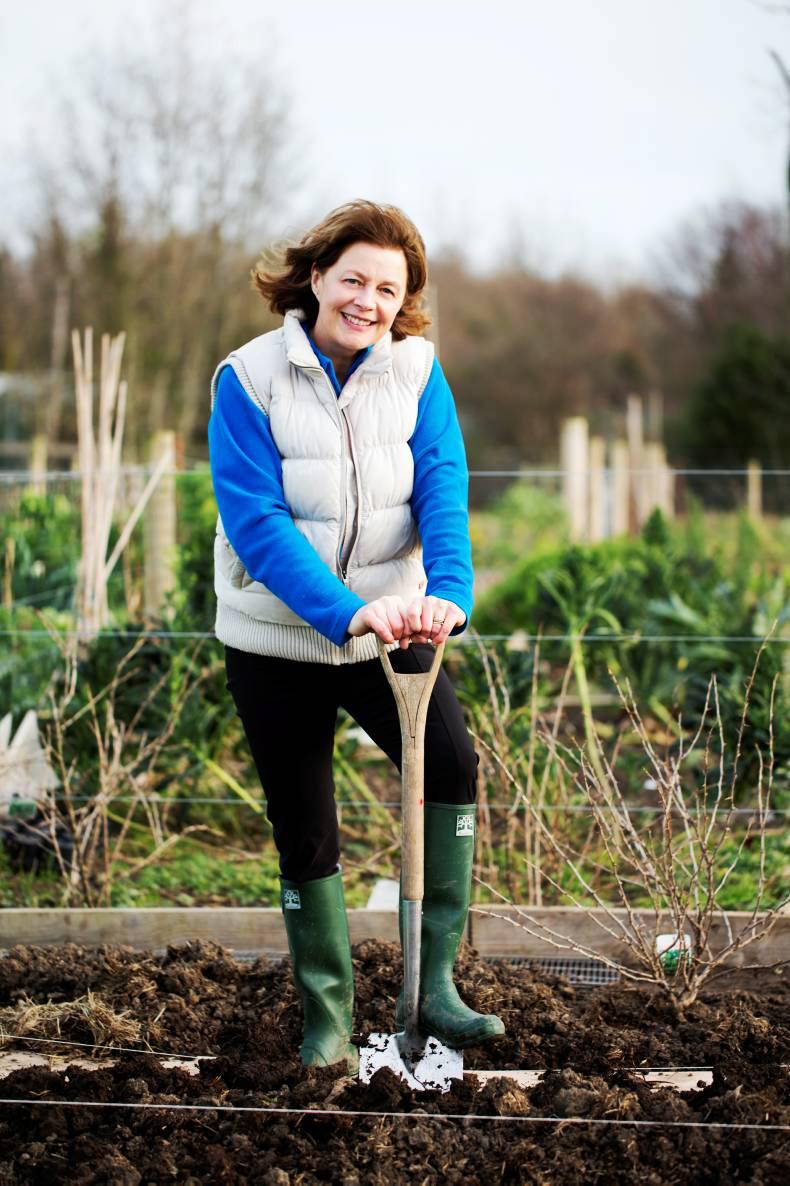
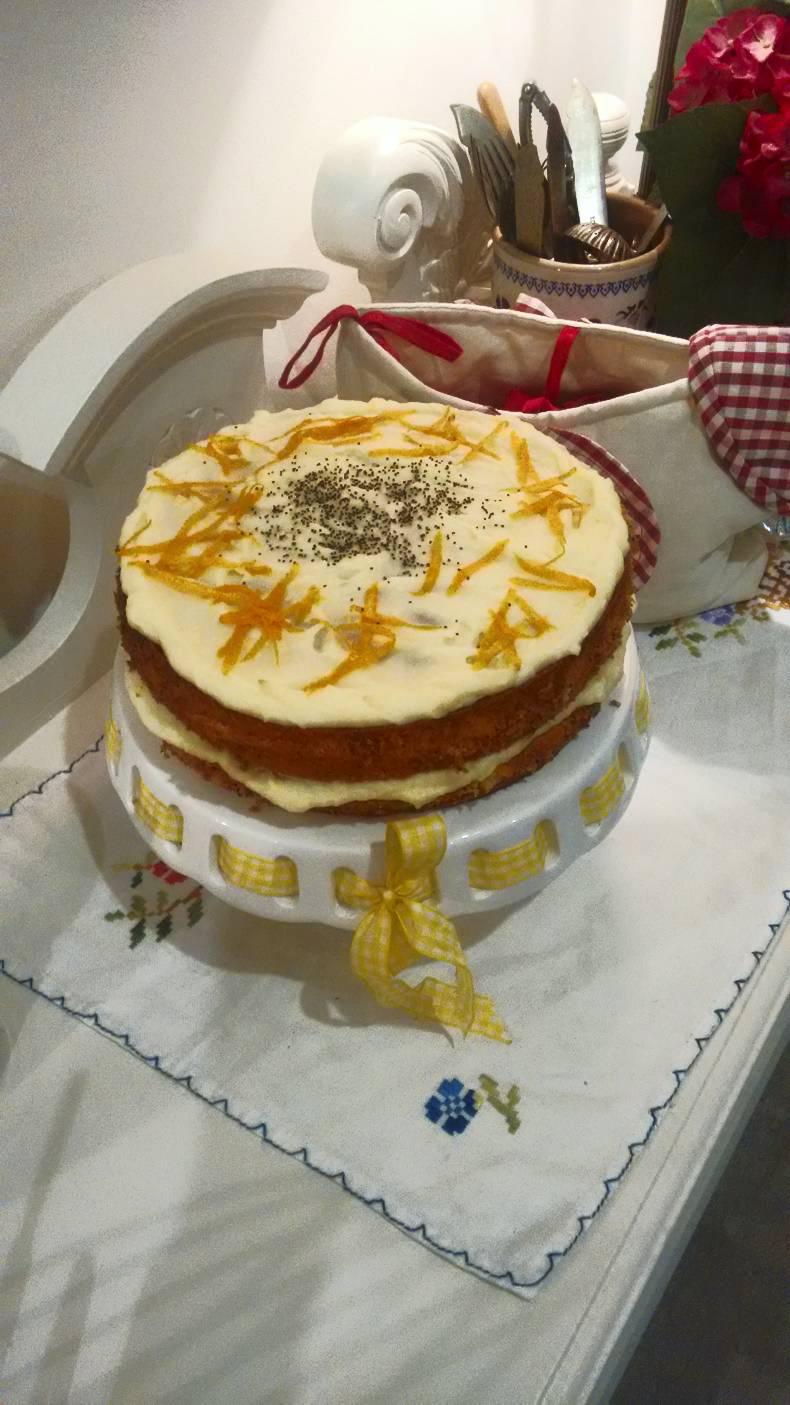

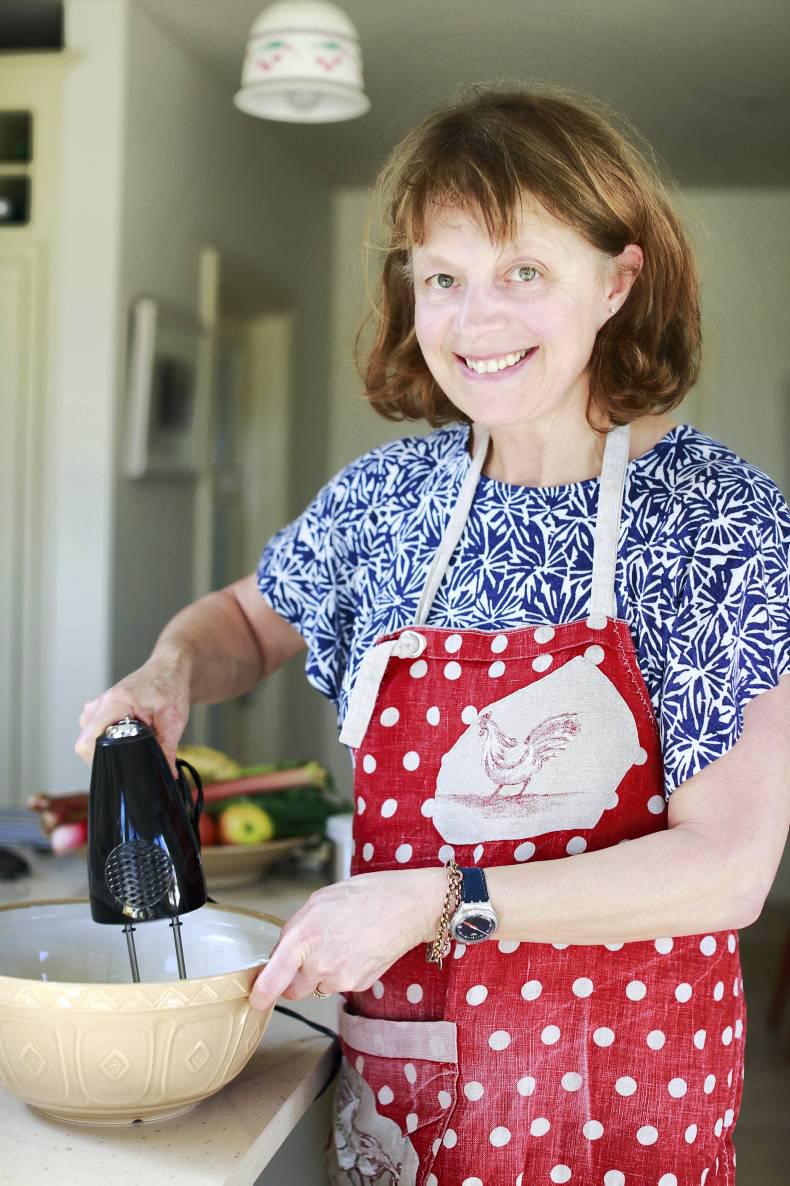

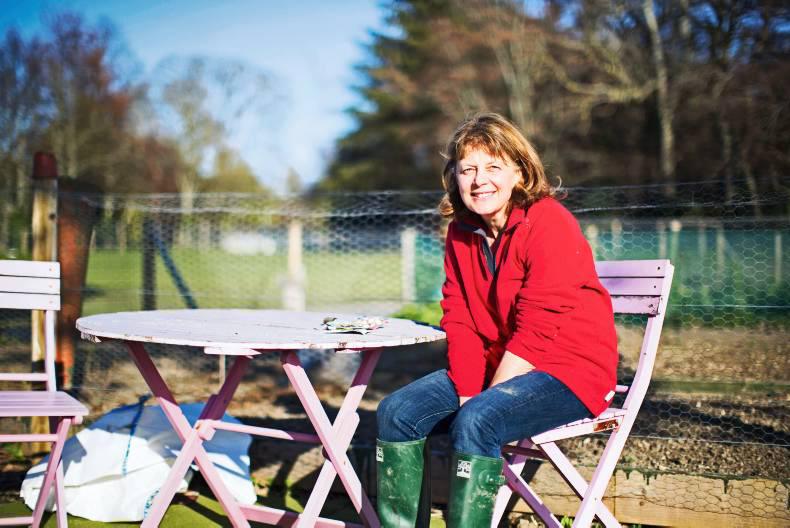

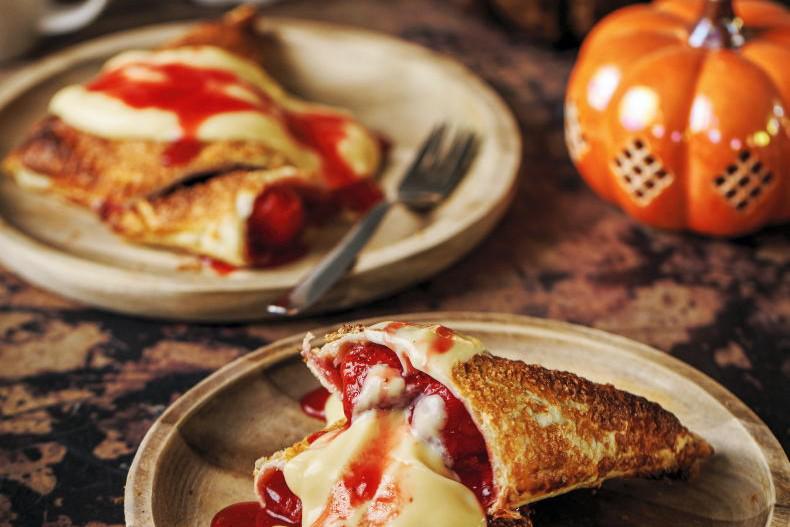
SHARING OPTIONS